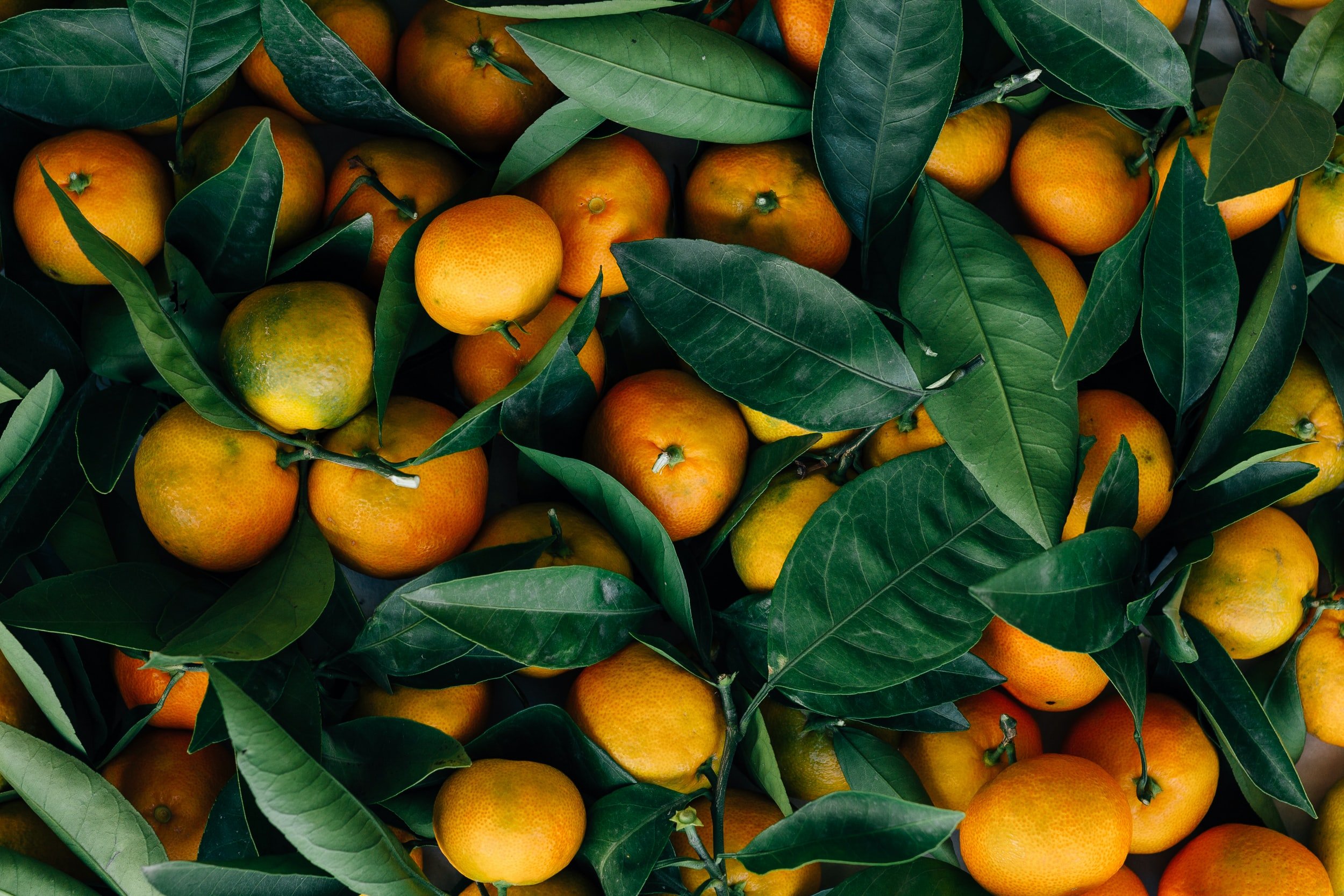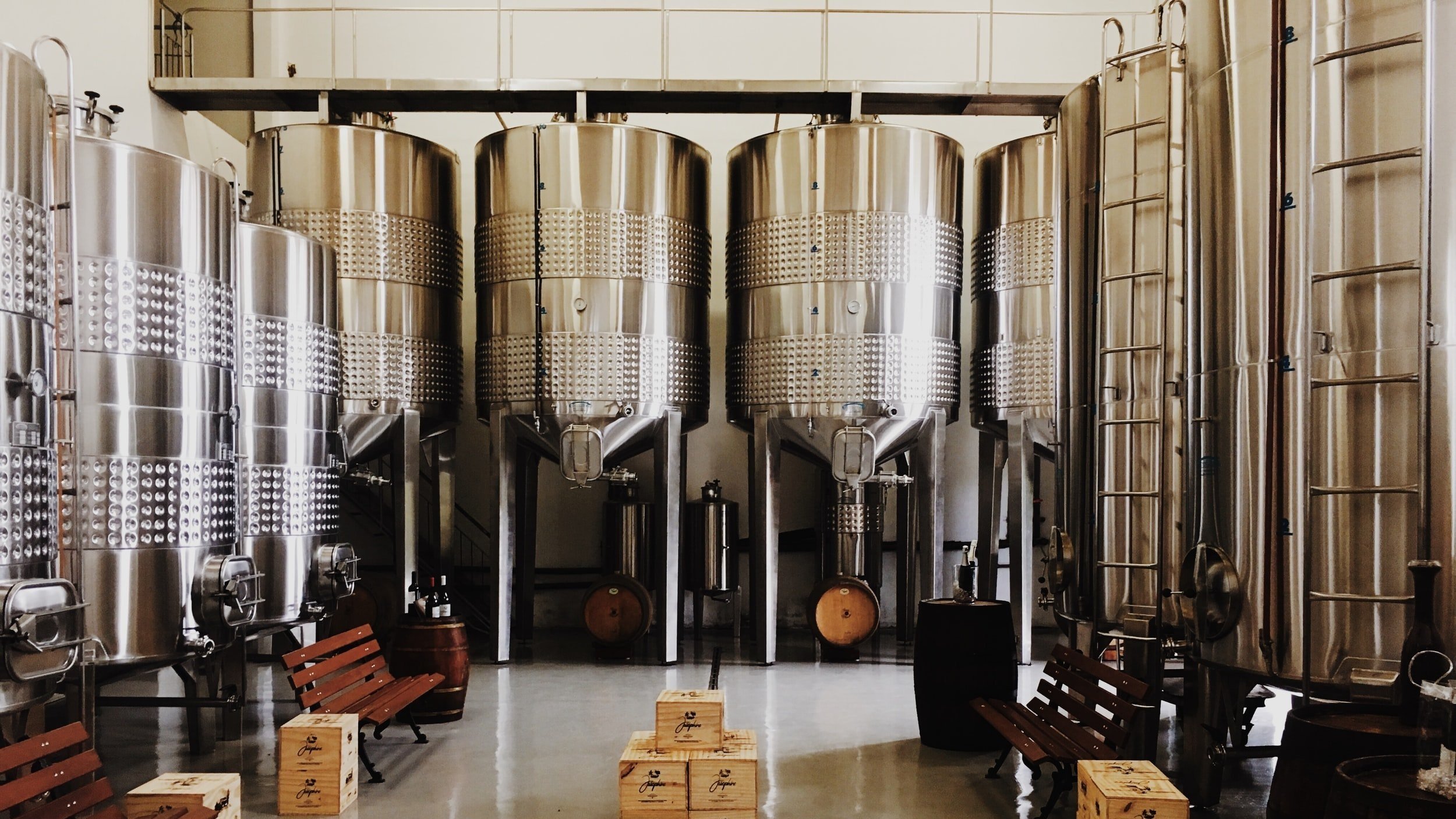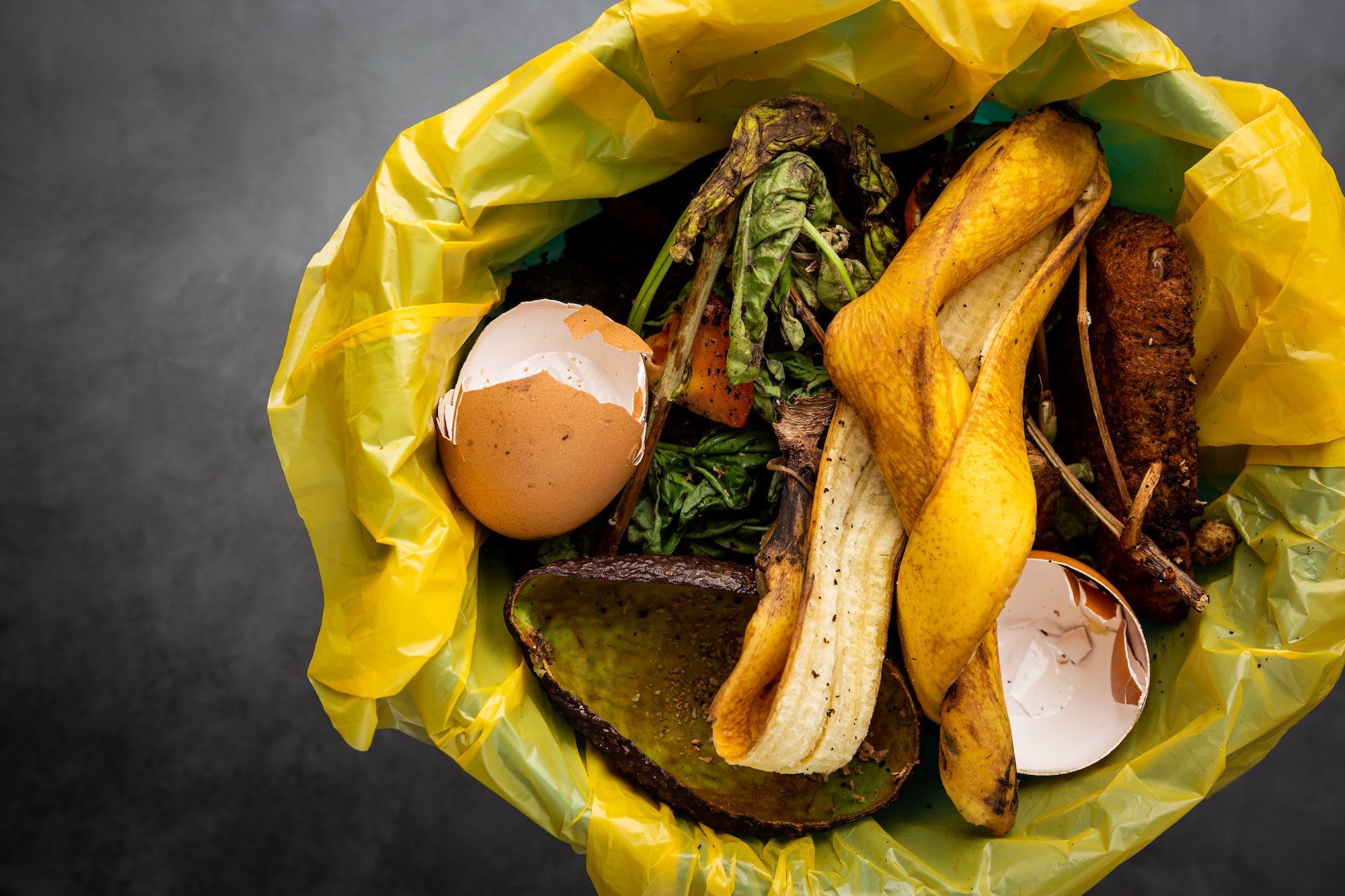
Markets

In-Market Implementation of Our Impact Flash-Drying Technology
GTF Technologies is proud to offer a sustainable and profitable solution for a wide range of industries. Our RENU™ Drying & Milling system can be customized to meet your business's specific needs, helping you reduce waste, increase efficiency, and improve your bottom line.
Our Sustainable & Profitable Solution for Your Industry
Our RENU™ Drying & Milling system can be utilized across various applications. Here are several of the markets where GTF has already started to make a difference:

Food & Ingredient Processing
Discover food and ingredient processing solutions with efficient technology at GTF. Our technology dries and mills whole foods in seconds using an impact flash-drying process.
Side Streams & Byproducts
We can help you turn food that would otherwise go to waste into valuable resources. Our innovative technology generates revenue from leftovers, reduces disposal costs, and improves your overall sustainability.

Brewer’s Spent Grain
Brewer’s spent grain is the main by-product of the brewing industry. Learn how GTF’s RENU™ flash drying system can impact flash-dry grain into powder for profitable and sustainable resale.
Hemp & Biomaterials
Powdered hemp and biomaterials can be reused to create side streams. Our impact flash-drying technology, which powderizes hemp and biomaterials, saves energy and improves efficiency.
Post-Consumer Food Waste
Turn post-consumer food waste into valuable powder. Our efficient, impact flash-drying technology removes moisture and prevents harmful gas production.
Custom Solutions
Customize your use of our RENU™ Drying & Milling technology to get the solution you’re looking for. We can impact flash-dry nearly any plant material that meets your company’s needs.

Case Studies: In-Market Success Stories
Our in-market implementation of the RENU™ Drying & Milling system has yielded impressive results in many industries. To showcase the versatility and effectiveness of our technology, we invite you to explore our case studies. These real-world examples highlight how GTF has partnered with businesses to optimize their processes, reduce waste, and improve profitability.

Find Sustainable & Innovative Solutions with GTF Technologies
Looking to reduce food waste and create valuable side streams? GTF Technologies offers sustainable and customized solutions that can help your business thrive. Our team of experts will work closely with you to develop a tailored approach to meet your goals. Let's explore how GTF can transform your operations and contribute to a more sustainable future.












